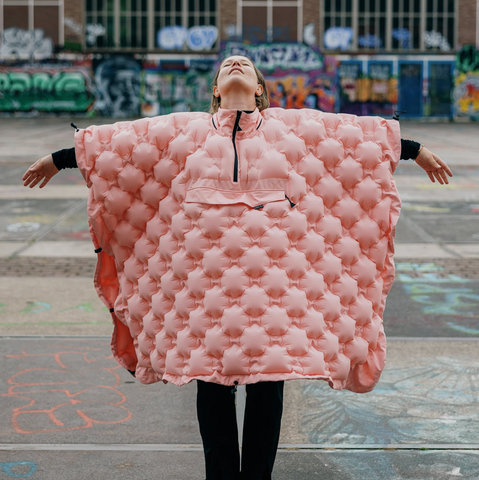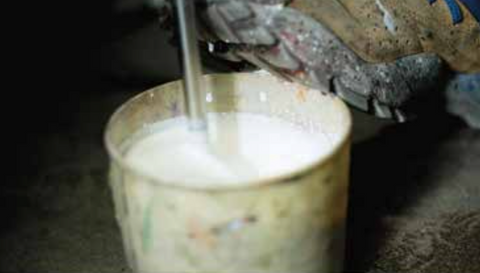THE RUDAI WELCOMES RETROSUPERFUTURE
Now stocked on line as well as representing the brand via our agency THE RUDAI is now proud to welcome RETROSUPERFUTURE into the fold.
RETROSUPERFUTURE is a leading brand producing outstanding contemporary eyewear. Founded in Italy in 2007 by Daniel Beckerman, RETROSUPERFUTURE has become highly popular for its eclectic collection of colorful acetate sunglasses.
Starting from a classic, clean silhouette, RETROSUPERFUTURE has gradually built up its impressive collection, currently comprising of a long list of timeless yet cutting edge shapes.RETROSUPERFUTURE now stands as one of the most fearless contemporary eyewear companies.
Since its inception, RETROSUPERFUTURE’s goal was to develop high quality eyewear, with a distinctive design at an affordable price. Entirely handmade in Italy, RSF eyewear is produced by some of the world’s best eyewear manufacturers, known for their experimentation with new production techniques, finishings, materials and detailing.
By teaming with exclusive companies like the German ZEISS, Retrosuperfuture has added a layer of quality eye-protection perfect for an extended everyday use.
Recognized for its distinctive mix of eclectic aesthetics and beyond exceptional manufacturing quality, each new RSF collection consists of a selection of silhouettes developed through constant research of references, materials, finishings, colors, textures and shapes.
RETROSUPERFUTURE’s iconic products are a continuous source of inspiration and the result of a playful interpretation by the brand’s creative team.

















Comments
0 Comments